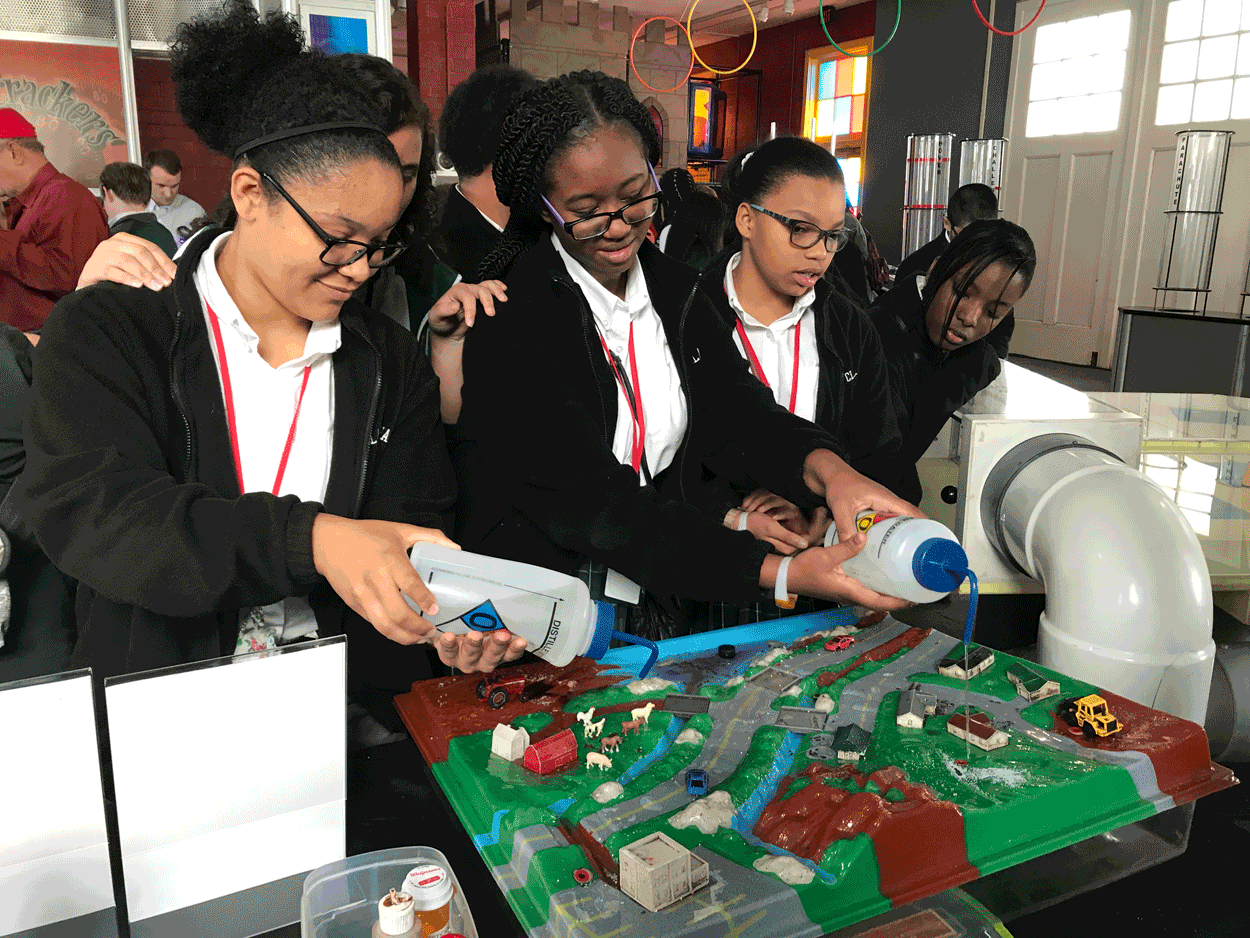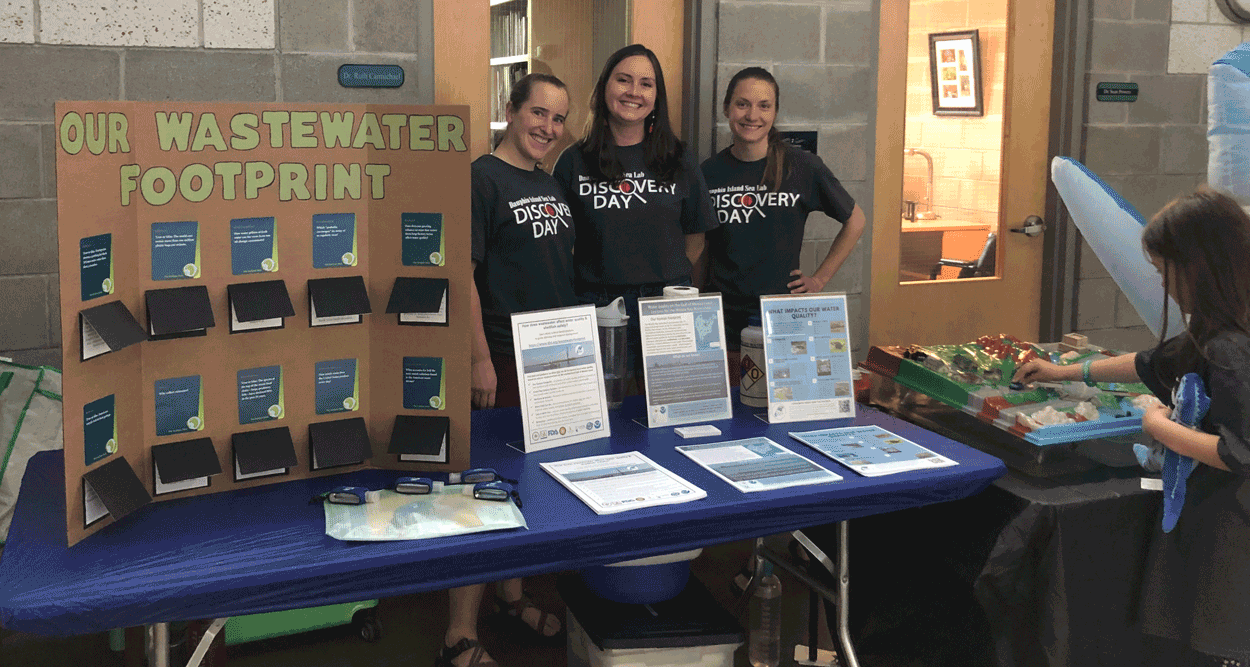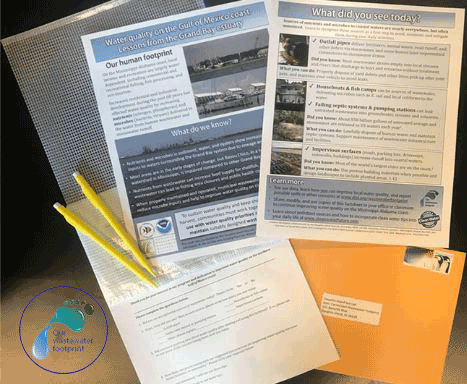
Our Wastewater Footprint is a set of tools developed from science to help communities work together to improve the quality of our water. More than four years of research data led by Drs. Ruth Carmichael and Elizabeth Darrow helped to shape this unique resource that is accessible by everyone and can be modified and updated as needed.
The four years of research defined how human activities and land-use changes have affected water quality in the region, using the Grand Bay estuary and nearby waters on the Mississippi-Alabama coast as a representative system. The data determined that where there were properly maintained wastewater treatment facilities, water quality was enhanced.
To that end, Our Wastewater Footprint was born to include an interactive webpage, edutainment packet for communities (educational and fun!), and recommendations and resources to improve local water quality. Those resources include ways to report concerns, find data, and learn how to reduce your wastewater footprint.

“This is something that you affect every day, and our tools show how you can change your impact,” said Toni Thomason, a Master’s student at the University of South Alabama in the Marine Conservation and Resource Management program. “These products are a living resource, and we can adapt them to meet the needs of any local end user, groups, towns, or individuals. This is what makes Our Wastewater Footprint a unique tool.”
Thomason is working with Dr. Carmichael and local non-profits, businesses, and ecotour groups to expand Our Wastewater Footprint resources and applications in the community. As part of her thesis project, Thomason will work with local organizations such as the Alabama Coastal Foundation, Dog River Clearwater Revival, WildNative Delta Tours, and Ecotours of South Mississippi to put these tools to use.

Currently, the materials are available for download and use by the public at www.disl.org/wastewaterfootprint. For more information, to ask questions, or to schedule a meeting with an Our Wastewater Footprint researcher, send an email to wastewaterfootprint@disl.org.
Our Wastewater Footprint is a collaboration among The Sea Lab at Dauphin Island, U.S. FDA, Gulf Coast Research Laboratory, Auburn University, University of North Carolina-Wilmington, and the Grand Bay National Estuarine Research Reserve (NERR). NOAA's NERR Science Collaborative funded the project.